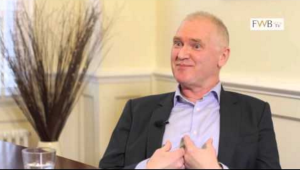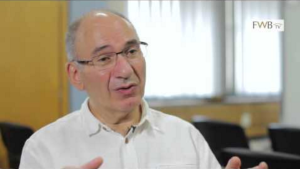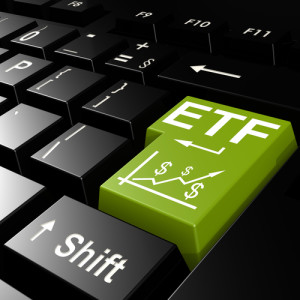
The latest Evidence-based Investor Video is now available at FWB TV: Your Biases: YOU present the greatest risk to your portfolio.
Markets may be efficient; In 2013, Eugene Fama received a Nobel prize in economics for proving this theory. Yet investors continue to fear the markets when in fact the greatest danger to their portfolio is themselves.
In this four-minute video Tim Richards of the Psy-Fi Blog (pictured) says most investors behave irrationally and that if they insist on trying to buy and sell stocks on their own, they will predictably lose money because of ill-timed decisions. He estimates that such investors can lose between 3% to 4% per year because of poor buy and sell decisions.
Blind spot bias
Many investors suffer from the so-called “blind spot” bias, meaning that while they may be aware of biases (like confirmation bias) exhibited by OTHER people, they’re unaware of the biases they themselves may suffer from when investing.
Richards says the best defence to loss-generating biases is passive investing: using broadly diversified index mutual funds or exchange-traded funds (ETFs) and holding on for the long run. Only a small minority of investors who are able to disregard their emotions should attempt active trading of securities, and even then Richards is skeptical that such an approach will consistently beat passive investing strategies.
While even passive investors are not immune from irrational behaviour like selling everything during a downturn, their odds are improved by being aware of their biases and better yet by using a financial advisor who is acquainted with the topic of behavioural finance.
After watching the video if you want to learn more, download the free guide, 12 Essential Ideas For Building Wealth.





